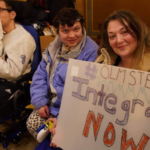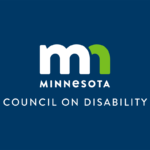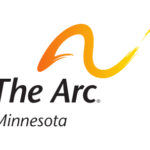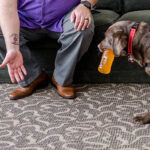Maureen Alderman, member of the Rare Disease Advisory Council and mother of Caroline, a child with a rare disease writes about the need for recognition and support. From the post: On February 28, we are so excited to celebrate Rare Disease Day. A day to reflect on what these patients have overcome. A day of gratitude for every doctor, physician assistant, nurse, lab tech, and medical professional that has touched the lives and futures of Rare Disease patients. A day to celebrate the research and developments going on in the Rare Disease community to create further treatment options. And maybe most importantly, a day of awareness for those not immediately impacted by Rare Disease.
Blog
“Love. Liberation. Belonging.” – A Good Day at the Capitol
For the first time since the pandemic shut us all down in 2020, the disability community was able to take their rightful place at the heart of the seat of power in Minnesota, the rotunda of the State Capitol for the 2023 Disability Advocacy Day. With a theme of “Love Liberation Belonging” the capitol was filled with uplifting, unified calls for inclusion, equity, and increased support for individuals with disabilities and service providers. We look forward to celebrating and implementing progressive bill signings at the end of session!
Accessible and Affordable Housing Transcript
Transcript accompanying the video 2023 MCD Legislative Forum: Accessible Affordable Housing on YouTube. Featured in the post Making It Easier to Find Affordable and Accessible Housing.
Advocating Policy Changes for Affordable and Accessible Housing
For many people with disabilities, it is challenging to find affordable and accessible housing. Even when available, the level of accessibility may not meet their needs. In Minnesota, there is no consistency when building accessible housing. Julia Page, Public Policy Director for The Arc Minnesota, shares a policy change that would ensure housing built with state dollars works for everyone.
What is a Service Animal?
Service animal awareness has increased over the last few years, but it is nowhere near where it needs to be. Folks still parade their pets around as service animals. At the same time, business owners, law enforcement, and property managers do not understand their responsibility to protect the rights of people with disabilities. Every time someone lies about their dog being a service animal it erodes the public’s perception of the vital role a service animal plays for its owner. Service animals allow folks with disabilities to be independent, they allow us to participate in life. Please don’t pretend your pet is a service animal.
Committed to Change: The Legacy of Dennis Prothero
MCD is moved by the passing of Dennis (Denny) Prothero last December. Denny’s story reminds our community that the PCA and homecare shortage is more than a workforce issue. We share his family’s belief that Denny’s legacy is bringing people together – advocates and leaders alike – to move legislation forward.





